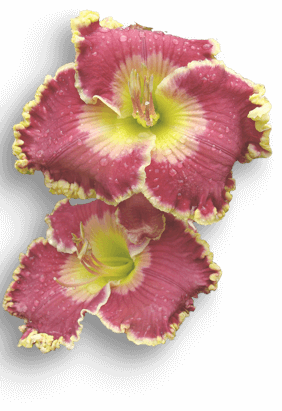Fungus Gnats are one of those pests where the life stage that you see is not the one doing the damage. They are mostly noticed on indoor plants and seedlings, although they do also occur outdoors in the garden. Fungus gnats belong to the family Sciaridae and the adults resemble small mosquitoes about one eighth of an inch in length. They are not strong fliers and can sometimes be seen taking a break on the soil surface. They are attracted to moist growing media with high organic matter content, where they lay their eggs. The eggs hatch into worm-like whitish larvae up to a quarter inch in length with distinctive shiny black heads. The larvae feed on the decaying organic matter in the growing medium, but sometimes attack the plant roots. A large scale attack can result in stunting of the plant, and it is also thought that these insects may play a part in encouraging rot diseases. Avoid overwatering, and allow the soil to dry out, especially on the surface, between waterings. Sticky yellow cards are useful for monitoring their presence and may effect some control. Biological controls are often used, such as Bacillus thuringiensis (Bt), predatory mite (Hypoaspis) and beneficial nematodes Steinernema or Heterorhabditis. To monitor for the presence of the larvae place a few peeled raw potato slices about a quarter to half inch thick on the surface of the growing medium for several hours. This will attract the larvae and give you an indication of how extensive the infestation is and whether or not your control measures are working.
- Larval Stage
- Adult Gnat
Images used with permission from University of California Statewide IPM Project, Jack Kelly Clark, photographer. Any additional uses of this image must be received from the copyright holder directly – AHS does not have permission to grant additional usage of this image for any purposes
See also: Pests



